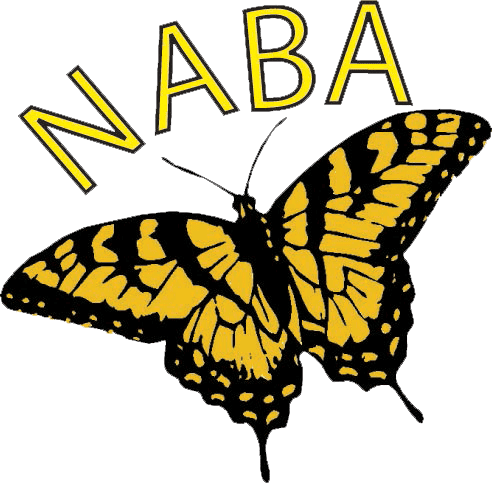Trees and Shrubs for Butterfly Gardens

Many trees and shrubs offer caterpillar food and are therefore important to include in a butterfly garden if you wish to help increase butterfly populations. Of course, trees and shrubs are not always the easiest plant to fit into a garden, yard, or balcony!
Whether you are short on space or simply don’t have the interest in growing trees and shrubs, you might still want to take inventory of trees and shrubs in your area which could be important caterpillar food plants. Even if you are only able to provide nectar plants in your yard or garden, knowing the full life cycle of butterflies in your area will enrich your experience butterfly watching experience.
Spring is the best time to examine your neighborhood trees and shrubs and requires no trespassing. During the spring blooming period, it is often easy to spot a tree or shrub at a distance that might otherwise go unnoticed during the rest of the year.
Two trees that are easy to identify during their spring blooming period are Northern Spicebush and Black Cherry. While Northern Spicebush provides caterpillar food for only one butterfly, the Spicebush Swallowtail, Black Cherry is happily devoured by Eastern Tiger Swallowtail, Red-spotted Purples, and Coral Hairstreaks.
Look for Northern Spicebush with its early yellow flowers that cling closely up and down each branch and blooms early in spring. Black Cherry blooms later than Northern Spicebush. It is a tall tree with drooping white flowers that are easily seen at a distance.
